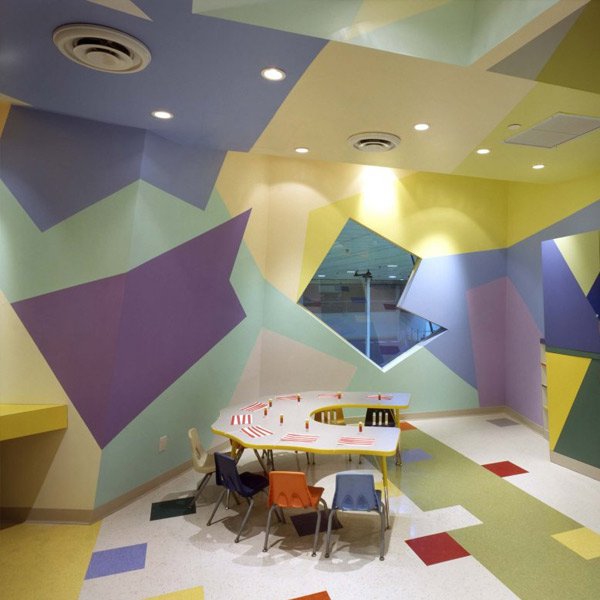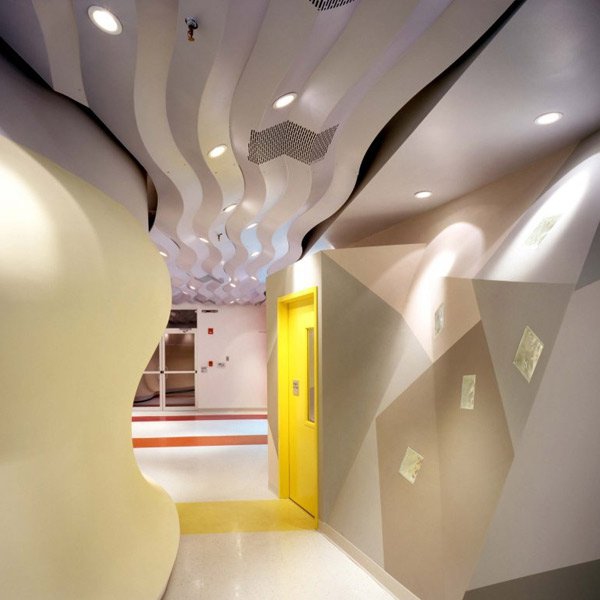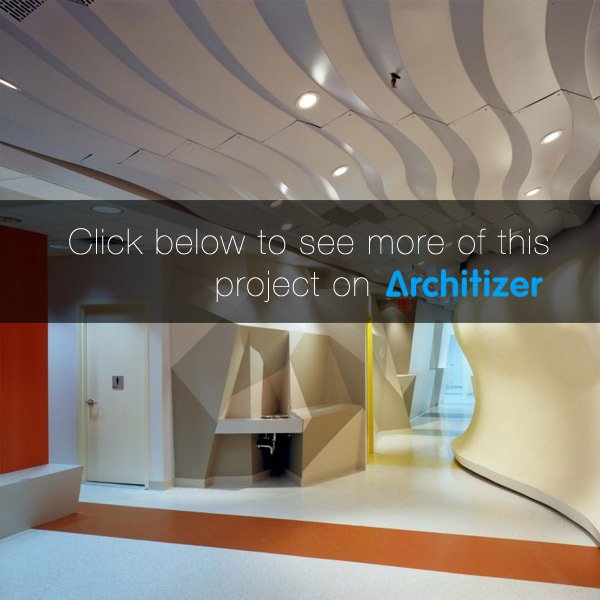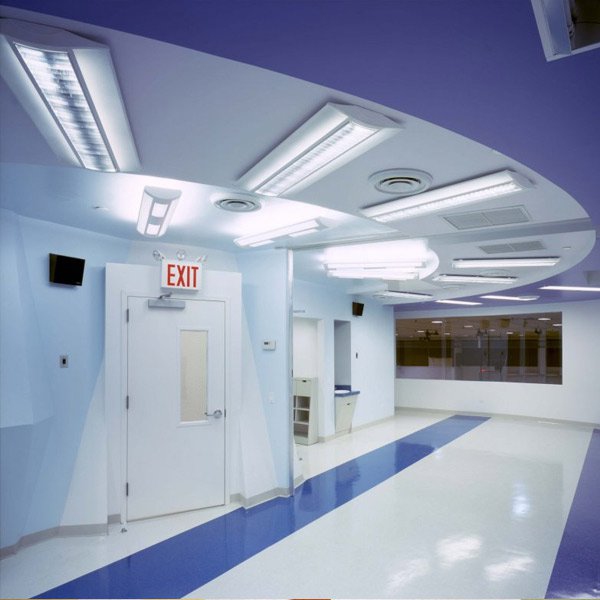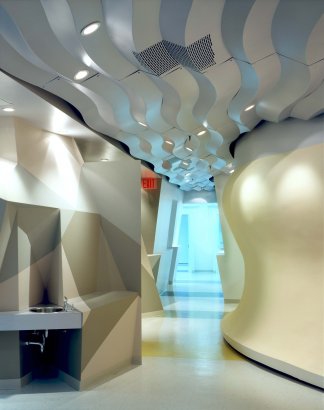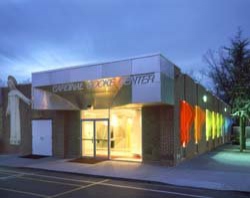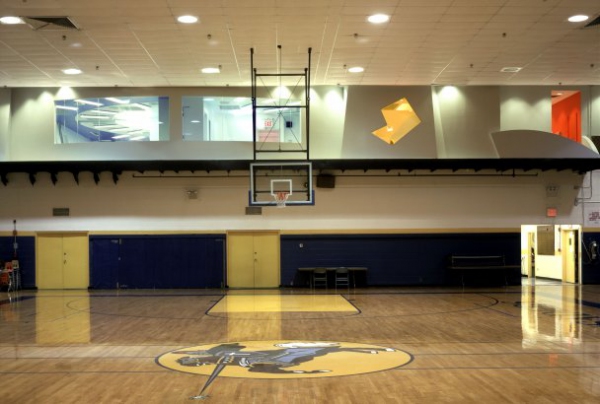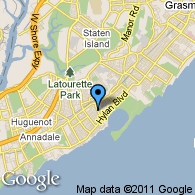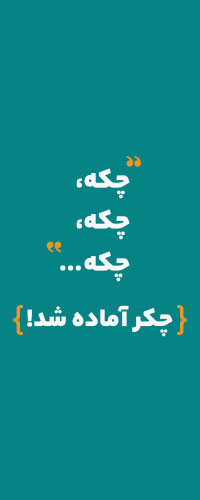Staten Island, United States
A project by: Studio 16 Architecture PLLC
Architecture, Interior
About
CONTEXT A complex of design strategies configures the solution for the project. The intent was to establish a sense of openness and freeplay for a program involving the guidance and education of young children, as well as serve the Parish at large as the Parish Center. The proposed architecture endeavors to mediate the imposition of authority over... read more
CONTEXT A complex of design strategies configures the solution for the project. The intent was to establish a sense of openness and freeplay for a program involving the guidance and education of young children, as well as serve the Parish at large as the Parish Center. The proposed architecture endeavors to mediate the imposition of authority over developing youth by calling into question the role that architecture plays in structuring a learning environment. The site of the renovation is within an existing and highly active gymnasium on a church campus. The preschool is situated on the ground floor of the 1975 structure. The Program required 2 large spaces sub dividable into 2 classrooms each, a fifth classroom to double as a community room, an art room, office, lobby, toilets and storage. A new roof was required, as well as a new HVAC system, additional sprinkler heads, new windows and a renovated entry canopy. The interior area renovated is 3,780 sq. ft. Construction commenced on June 8th, 2001 and the facility opened on September 24, 2001. STRATEGY The use of merely vertical walls was called into question and instead all surfaces are “activated.” All vertical elements in the project are designed to engage and facilitate function and use in the project. Instead of walls merely dividing space, the activated surfaces in this project absorbed function (shelving and storage as well as human geometry). These hyper-surfaces also offered function (display zones and other interpretive surfaces). Further, the entire space was comprised of two horizons: one at 3’-6” for the (developing) youths and the other at normal head height for adult (guardians). There are two major zones in the space establishing dialectic between the general categories: “secular” and the transcendent/abstract. The first zone originates at the front door and ends at the opening of the gallery hallway. This secular zone is an area codified by the warm colors bands imbedded in the floor design (from red to yellow). This zone denotes bodily and tactile sensory experience. The curvature of the lobby wall and the fragmentation of the art room establish a free-play of sensory experience heightening the physical (haptic) experience of the space. The second zone, which contains the classrooms, entails more (conceptual) abstract/transcendent experience. These spaces are more cerebral and suitable for structured activities of learning. The cone at the end of the hallway, establishes the religious metaphor of an “angel,” and a geometrical origin organizing a radiating ceiling design system of concentric circles that hovers above the three classrooms. The children and instructors enter the classrooms through the angel (cone) and are “watched-over” by the radiating circles overhead that organize the lighting scheme in the subtly stepped ceiling. This strategy establishes an “angelic presence” over each of the classrooms organized by the centrality of the cone. MEDIA A color spectrum from red to purple organizes the color scheme for the entire design. Instead of selecting a limited range of colors for this program, the color strategy is to provide “all colors” for the children of the preschool, inasmuch as within the Catholic teachings, “God promised the children a rainbow.” The windows on the outer edge of the building establish the color bands that are carried into the space and integrate and collide with the shaped forms. Side emitting fiber optic cables are embedded in the vertical slots of the windows, under colored acrylic panels affixed to each window edge, denoting a color assignment for each aperture. The curved acrylic fins are designed to connote and facilitate the combined figure of an adult guardian and a small child as one bonded figure. This relation between the two human forms suggests precisely that—a relationship, instead of an imposing objective governance. HYPERSURFACES Whereas the relation between form and media are not literally overlaid in this design scheme, there are innumerable moments in the overall space where color and form interfuse. Each of these moments where unexpected and unpredictable, giving over instead to a free play of color and form. The color bands do not touch all of the surfaces (plan to elevation) in the space but they have affect. This play of color and form, (media and surface) in the manner that they are not always commensurate is called Hypersurface. collapse
TypeEducational - School
Location150 Nelson Avenue
Staten Island, New York, 10308
United States
ClientParish of St. Clare
Building statusbuilt in 2001
Number of stories1
Site size10000 sqft
Site typesuburban
Building area3200 sqft
Budget total500000 USD
